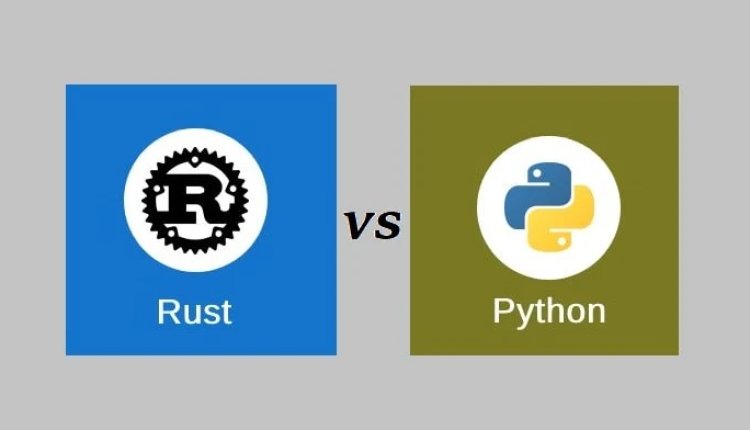Rust vs Python: A Comprehensive Comparison
Share this Post to earn Money ( Upto ₹100 per 1000 Views )

When it comes to programming languages, Rust and Python are two names that often come up in discussions about modern software development. Each language has its unique strengths and weaknesses, making them suitable for different types of projects and purposes. This article will delve into a detailed comparison of Rust vs Python, highlighting their features, performance, ease of use, and the types of projects they excel at.
Performance and Speed
One of the most significant differences between Rust and Python is their performance. Rust is renowned for its speed and efficiency, often rivaling C and C++ in terms of performance. This is largely due to its system-level access, memory safety without a garbage collector, and zero-cost abstractions. Rust's performance makes it an ideal choice for applications where speed is critical, such as game engines, operating systems, and real-time simulations.
Python, on the other hand, is an interpreted language, which means it generally runs slower than compiled languages like Rust. However, Python's performance is often sufficient for many applications, particularly those involving data analysis, machine learning, and web development. Python's simplicity and ease of use often outweigh the need for raw performance, making it a popular choice for prototyping and development where speed is not the primary concern.
Ease of Use and Learning Curve
Another critical aspect to consider in the Rust vs Python debate is the ease of use and the learning curve associated with each language. Python is widely celebrated for its simplicity and readability, making it an excellent choice for beginners and those looking to write clear, maintainable code. Its syntax is straightforward, and the extensive libraries and frameworks available further simplify development.
Rust, while powerful, has a steeper learning curve. The language introduces several advanced concepts, such as ownership, borrowing, and lifetimes, which can be challenging for newcomers to grasp. However, these features are what make Rust so safe and efficient, ensuring memory safety and preventing many common bugs that plague other languages. For developers willing to invest the time to learn Rust, the payoff is a robust, high-performance language that can handle complex, concurrent systems with ease.

Use Cases and Community Support
The choice between Rust and Python often comes down to the specific use cases and the community support available for each language. Python has a vast and active community, with a wealth of libraries, frameworks, and tools that make it an excellent choice for web development (Django, Flask), data science (Pandas, NumPy), and machine learning (TensorFlow, PyTorch). The extensive community support means that developers can often find solutions to their problems quickly, further speeding up development.
Rust, although newer and with a smaller community, is rapidly growing in popularity, especially in systems programming, embedded systems, and applications where performance and safety are paramount. The Rust community is known for being welcoming and supportive, and the language's tooling, such as Cargo (Rust’s package manager), makes it easier to manage dependencies and build projects.
Conclusion
In conclusion, the Rust vs Python debate is not about finding a definitive winner but understanding the strengths and weaknesses of each language and choosing the one that best fits your project's needs. Python's simplicity and extensive libraries make it an excellent choice for rapid development, data analysis, and machine learning. Rust, with its performance and safety guarantees, is ideal for system-level programming, game development, and applications where concurrency and speed are critical. Both languages have their place in the modern developer's toolkit, and the choice ultimately depends on the specific requirements and goals of your project.
















